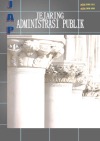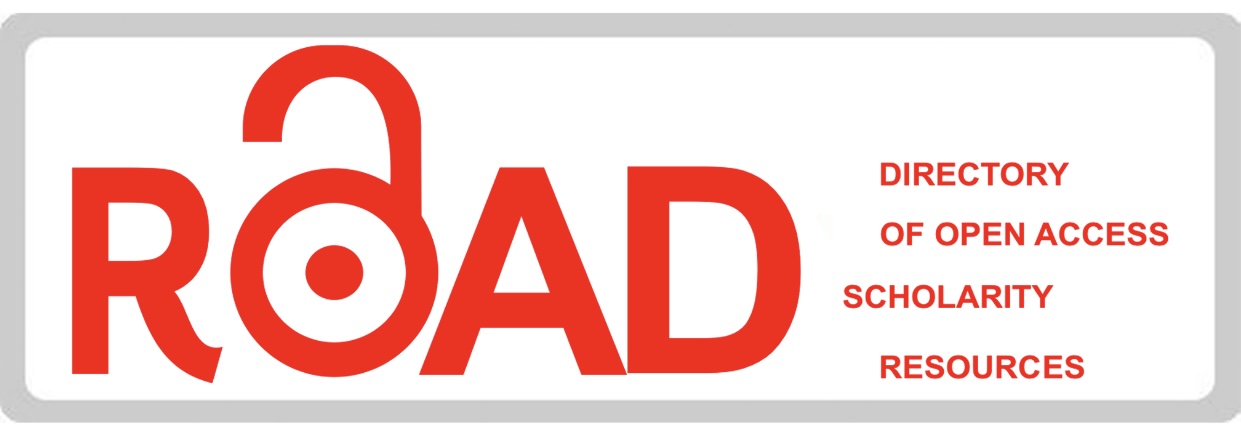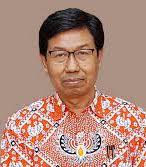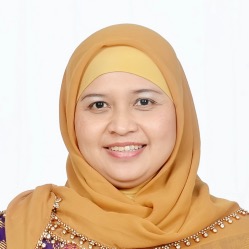A paradox between declining minimum service standards and increasing non-formal targets in Lumajang.
Downloads
This study evaluates the fulfillment of Minimum Service Standards (SPM) in basic education in Lumajang Regency. Using the Human Capital Theory approach, it analyzes how government budget allocation impacts education quality. The findings indicate that despite significant budget allocations, challenges persist in meeting minimum service targets, particularly in equality education. In-depth interviews with Education Office officials reveal several obstacles, including limited resources, inadequate facilities, and low public awareness of equality education. The study highlights that although the Lumajang Regency government has allocated substantial funds for education, disparities remain in service achievements. The budget distribution prioritizes primary and secondary education, while non-formal education, particularly equality education, receives less attention. As a result, the achievement rate for equality education remains significantly lower compared to other educational sectors. To address these issues, this study recommends a more holistic and integrated strategy. Key suggestions include enhancing public awareness campaigns, optimizing non-APBD funding sources such as Corporate Social Responsibility (CSR) initiatives and village funds, and leveraging technology to improve educational accessibility and quality. Additionally, teacher training programs and better infrastructure investments are essential to enhance educational outcomes. A systematic evaluation and monitoring framework, supported by technology and independent institutions, is necessary to track progress and ensure policy effectiveness. By implementing these strategies, the Lumajang Regency government can improve education service standards, reduce disparities, and foster sustainable human resource development.
Anggreny, A. D., Sriani, S., & Nadia, C. M. (2024). Web-based employee mutation and pension system at the North Sumatra education office. Journal of Computer Science and Business, 15(2), 203-214. https://doi.org/10.47927/jikb.v15i2.819
Becker, G. S. (1964). Human Capital: A Theoretical and Empirical Analysis, with Special Reference to Education. University of Chicago Press.
Brown, A., & Green, T. (2021). Educational Policy and Practice: Innovations and Challenges. Journal of Educational Policy, 36(2), 123-145.
Creswell, J. W. (2014). Research Design: Qualitative, Quantitative, and Mixed Methods Approaches (4th ed.). Thousand Oaks, CA: Sage.
Hayudiyani, M., Saputra, B. R., Adha, M. A., & Ariyanti, N. S. (2020). The principal's strategy is to improve the quality of education through the school's flagship program. Journal of Educational Management Accountability, 8(1), 89-95. https://doi.org/10.21831/jamp.v8i1.30131
Heckman, J. J. (2004). Lessons from the technology of skill formation. Annals of the New York Academy of Sciences, 1038(1), 179–200. https://doi.org/10.1196/annals.1315.026
Hussain, T., Wang, D., & Li, B. (2023). Psychological resilience in athletes during the COVID-19 pandemic: A qualitative insight. Acta Psychologica, 240, 104050. https://doi.org/10.1016/j.actpsy.2023.104050
Jacobs, B. (2007). Real options and human capital investment. Labour Economics, 14(6), 913-925. https://doi.org/10.1016/j.labeco.2007.06.008
Kementerian Dalam Negeri RI. (2023). SPM–Bina Bangda Kemendagri. Retrieved June 24, 2025, from https://spm.bangda.kemendagri.go.id/
Leoni, S. (2023). A Historical Review of the Role of Education: From Human Capital to Human Capabilities. Review of Political Economy, 37(1), 1–18. https://doi.org/10.1080/09538259.2023.2245233
Liheluka, E., Gibore, N. S., Lusingu, J. P. A., Gesase, S., Minja, D. T. R., Lamshöft, M., Dekker, D., & Bali, T. (2023). Community perceptions on the effectiveness of herbal medicines and factors associated with their use in managing diarrhoea among under-five children in North-eastern Tanzania. Tropical Medicine and Health, 51(1). https://doi.org/10.1186/s41182-023-00537-5
Marvel, M. R., Davis, J. L., & Sproul, C. R. (2016). Human Capital and Entrepreneurship Research: A Critical Review and Future Directions. Entrepreneurship Theory and Practice, 40(3), 599-626. https://doi.org/10.1111/etap.12136
Mazerolle, M. and Singh, G. (2001). Screening as a prerequisite for vocational training after job displacement. Journal of Vocational Education &Amp; Training, 53(4), 595-608. https://doi.org/10.1080/13636820100200179
Mirzania, M., Khajavi, A., Shakibazadeh, E., Foroushani, A. R., Bohren, M. A., Babaey, F., & Hantoushzadeh, S. (2023). Mistreatment of women during childbirth and its influencing factors in public maternity hospitals in Tehran, Iran: a multi-stakeholder qualitative study. Reproductive Health, 20(1). https://doi.org/10.1186/s12978-023-01620-0
Ningrum, Ainan and Dewi, U. (2024). The use of google translate and u-dictionary as machine translation for translating text: efl college student’s preference and perceptions. ETERNAL (English Teaching Journal), 15(1), 167-179. https://doi.org/10.26877/eternal.v15i1.373
Oesch, S., Verweij, L., Clack, L., Finch, T., Riguzzi, M., & Naef, R. (2023). Implementation of a multicomponent family support intervention in adult intensive care units: study protocol for an embedded mixed-methods multiple case study (FICUS implementation study). BMJ Open, 13(8), e074142. https://doi.org/10.1136/bmjopen-2023-074142
Psacharopoulos, G. and Patrinos, H. A. (2004). Returns to investment in education: a further update. Education Economics, 12(2), 111-134. https://doi.org/10.1080/0964529042000239140
Qadri, F. S., & Waheed, A. (2014). Human capital and economic growth: A macroeconomic model for Pakistan. Economic Modelling, 42, 66–76. https://doi.org/10.1016/j.econmod.2014.05.021
Schultz, T. W. (1961). Investment in Human Capital. The American Economic Review, 51(1), 1-17.
Sirak, S. K., Ejakait, E., & Musera, G. (2022). Endogeneity and human capital in higher education. Jumuga Journal of Education, Oral Studies, and Human Sciences (JJEOSHS), 5(1), 1-9. https://doi.org/10.35544/jjeoshs.v5i1.48
Smith, J. Q., Jones, M. R., & Brown, C. D. (2020). Advancing Managerial Evolution and Resource Management in Contemporary Business Landscapes. Journal of Management Studies, 58, 1-25.
Suhartini, A. (2018). Improvement of social studies responsibility attitudes and learning outcomes about work through a Numbered Heads Together (NHT) type cooperative learning model in grade iii students of SD Negeri 1 Bago semester 2 of the 2017/2018 school year. Effector, 5(2), 96. https://doi.org/10.29407/e.v5i2.12173
Swanson, R. A., & Holton, E. F. III. (2009). Foundations of human resource development (2nd ed.). Berrett‑Koehler.
Tarigan, I. M., Harahap, M. A. K., Sari, D. M., Sakinah, R. D., & Ausat, A. M. A. (2023). Understanding Social Media: Benefits of Social Media for Individuals. Jurnal Pendidikan Tambusai, 7(1), 2317–2322. https://jptam.org/index.php/jptam/article/view/5559
Tran, N. T. M. (2020). Declining returns to investment in tertiary education in vietnam. Science &Amp; Technology Development Journal - Economics - Law and Management, 4(3), First. https://doi.org/10.32508/stdjelm.v4i3.590
Varaei, S., Rezveh, A. K., Rezaee, M., Caihong, Z., Mirbazegh, S. F., Siqi, Z., & Mahmoodi, P. (2023). Analysis of the strategies used by iranian nurses for management of provided care for patients with COVID- 19: a qualitative study. BMC Nursing, 22(1). https://doi.org/10.1186/s12912-023-01239-3
World Bank. (2013). Local governance and education performance in Indonesia. Retrieved from https://www.worldbank.org/en/news/feature/2013/11/26/local-governance-and-education-performance-in-indonesia
Copyright (c) 2025 Wahyu Anugrah Utama

This work is licensed under a Creative Commons Attribution-ShareAlike 4.0 International License.
All articles submitted by the author and published in the Jejaring Administrasi Publik are fully copyrighted to their authors under the Creative Commons Attribution-ShareAlike 4.0 International License. The formal legal aspect of journal publication accessibility refers to the Creative Commons Attribution-ShareAlike (CC BY-SA).
















